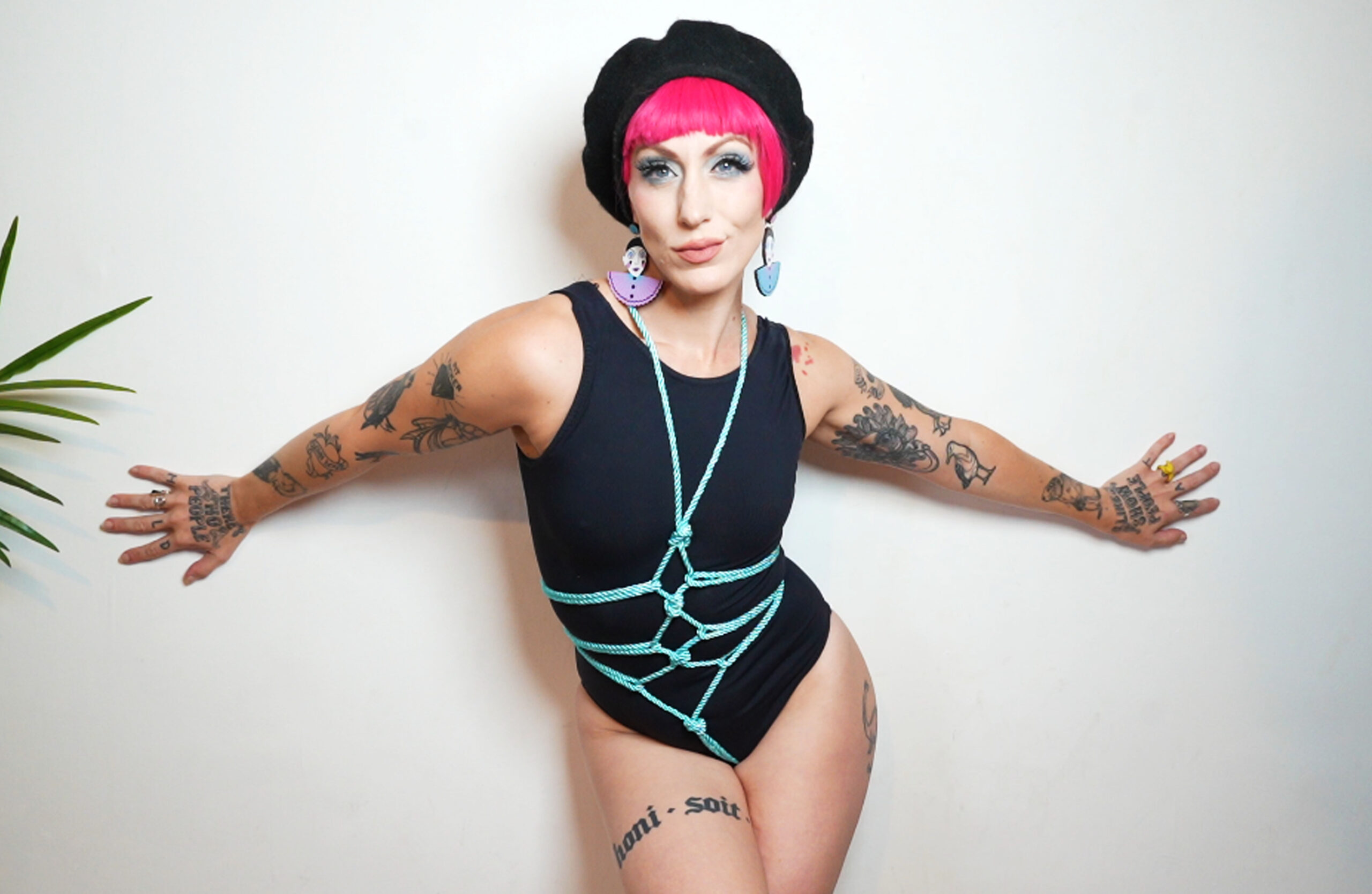The One Plus One Conundrum
The concept of %h2% relationship fluidity challenges traditional models of romantic partnerships, particularly the idea of long-term monogamy. In modern times, many individuals are reevaluating the notion of exclusivity and commitment, leading to a surge in non-traditional arrangements. This shift is partly driven by changing societal values, increased acceptance of diversity, and personal autonomy.
One area where relationship fluidity is particularly relevant is in the context of the “one plus one” conundrum. This term refers to situations where individuals cohabitate with multiple romantic partners simultaneously. While some view such arrangements as taboo or non-stable, others see them as a natural extension of modern relationships.
For those embracing fluidity, the benefits are numerous. It allows for more flexibility in scheduling and emotional support, enabling individuals to pursue their passions and interests without feeling constrained by traditional relationship norms. Additionally, fluid relationships can foster personal growth, encouraging communication, empathy, and mutual understanding among partners.
However, critics argue that one plus one arrangements can lead to confusion, jealousy, or feelings of betrayal. Moreover, the lack of clear boundaries and expectations may result in conflicts or misunderstandings down the line. As with any relationship model, there are no guarantees of success, but many advocates believe that relationship fluidity offers a unique opportunity for self-discovery and creative expression.
Breaking Free from Binary Thinking
For too long, relationships have been defined by rigid structures and binary thinking. The idea that love can be confined to a specific type or format has led to feelings of confinement and frustration among those who don’t fit the mold. But what if relationships didn’t have to be bound by traditional models? What if it was possible to create connections that are fluid, flexible, and unencumbered by societal expectations?

Beyond Monogamy and Polyamory
Relationships have long been viewed through the lens of traditional binary thinking, where relationships are categorized into rigid structures such as monogamy or polyamory. However, this narrow perspective fails to account for the complexities and nuances of human connection. In reality, relationships exist on a spectrum, with individuals navigating diverse emotional, physical, and intellectual experiences.

Breaking free from these binary constraints allows for a more fluid understanding of intimacy and connection. It acknowledges that people’s needs, desires, and boundaries are unique and can evolve over time. This mindset enables individuals to explore non-traditional relationship arrangements, such as polyamory, where multiple partners share emotional connections with one another.
Beyond the confines of monogamy or polyamory, a more inclusive framework recognizes that relationships come in various forms, including non-hierarchical, long-distance, and friends-with-benefits arrangements. Relationship fluidity involves embracing the ever-changing nature of human connection and cultivating an openness to new experiences, boundaries, and identities.
By relinquishing traditional notions of what constitutes a “healthy” relationship, individuals can focus on building meaningful connections that prioritize mutual respect, trust, and emotional intimacy. This approach acknowledges that relationships are not static entities but rather dynamic systems that require ongoing negotiation, communication, and growth.
The benefits of embracing relationship fluidity are numerous. It allows for greater personal autonomy, fosters creativity and exploration, and encourages individuals to redefine what love, commitment, and partnership mean to them. By breaking free from the constraints of binary thinking, people can tap into a more expansive vision of intimacy and connection that honors the complexities and diversity of human experience.
Effective Communication Strategies
Effective communication is the backbone of any successful relationship, allowing individuals to express themselves, understand each other, and navigate life’s challenges together. However, traditional models of communication often fail to account for the complexities and nuances of human relationships, leaving room for misinterpretation, conflict, and stagnation. By recognizing the limitations of these traditional approaches, individuals can begin to explore more effective strategies that foster empathy, understanding, and connection in their relationships.
Active Listening and Emotional Intelligence
Effective communication strategies are crucial for fostering fluid relationships, which involve being adaptable and responsive to each other’s needs. In contrast to traditional models that often rely on rigid structures and set expectations, effective communication enables individuals to navigate complex emotional landscapes with greater ease. Active listening is a key component of this approach, involving more than just hearing the words being spoken – it requires fully engaging with another person’s experiences and emotions.

Active listening involves several strategies, including maintaining eye contact, using verbal cues like “uh-huh” or “I see,” and paraphrasing what the other person has said to ensure understanding. By doing so, individuals can build trust and create a safe space for open communication, allowing them to explore each other’s thoughts and feelings in greater depth.
Emotional intelligence plays a critical role in effective communication, as it enables individuals to navigate complex emotional situations with empathy and compassion. This involves recognizing and understanding one’s own emotions, as well as those of others – and using this awareness to inform communication choices. By being more attuned to each other’s emotional states, individuals can respond in ways that are sensitive to their needs, creating a more fluid and dynamic relationship.

Furthermore, effective communication strategies often involve finding common ground and meeting others halfway, rather than trying to impose one’s own perspective or expectations. This approach requires a high degree of flexibility and adaptability, as well as a willingness to listen and learn from others. By embracing the complexities and nuances of human relationships, individuals can break free from traditional models and forge more authentic, meaningful connections with others.
Fostering a Culture of Trust and Respect
Effective relationships are built upon a foundation of trust, respect, and open communication. However, traditional models of romantic partnerships and familial bonds often rely on rigid structures and expectations, stifling the growth and adaptability that comes with relationship fluidity.
A culture of trust and respect is essential in fostering healthy and evolving relationships. This involves creating a safe space where individuals feel empowered to express themselves authentically, without fear of judgment or reprisal. When trust is established, boundaries can be set and respected, leading to a deeper understanding and connection between partners.
Embracing Imperfection and Vulnerability
Fostering a culture of trust and respect is at the core of relationship fluidity, allowing individuals to move freely between different roles and forms of connection without being bound by traditional models.
This requires creating an environment where people feel safe to be vulnerable with each other, sharing their true selves without fear of judgment or rejection. When we allow for imperfection and vulnerability, we open ourselves up to deeper connections and a more authentic way of being together.
Embracing imperfection means recognizing that relationships are not always neat and tidy, but rather messy and imperfect. It means accepting that conflicts and disagreements will arise, and that it’s okay not to have all the answers. By doing so, we can create space for growth, learning, and healing together.
Furthermore, fostering a culture of trust and respect requires us to challenge our own biases and assumptions about what relationships should look like. This means being open to new ways of connecting with others, and being willing to adapt and evolve as we navigate the complexities of life.
In this way, relationship fluidity is not just about breaking free from traditional models, but also about cultivating a deeper understanding of ourselves and each other. By embracing imperfection and vulnerability, we can create relationships that are rich in meaning, depth, and connection – and that allow us to live more authentic, wholehearted lives.
Buy LGBTQ+ Toys for inclusive and exciting pleasure at Peaches and Screams Discover standard vibrators at Peaches and Screams Shop large and extra-large condoms at Peaches and Screams Buy plus-size costumes for a flattering, sexy look at Peaches and Screams Buy suction cup dildos for hands-free fun at Peaches and Screams
Create Cocktails at Home Alabama Sig Delt Cafe Sant Jaume Valencia Fringe Beverly Hills
- Recognizing Power Dynamics In Romantic Relationships - June 2, 2025
- The Dangers Of Gaslighting In Romantic Relationships And How To Stop It - June 2, 2025
- Light Eyes Ultra – Dark Circles Treatment Near Surbiton, Surrey - June 1, 2025

